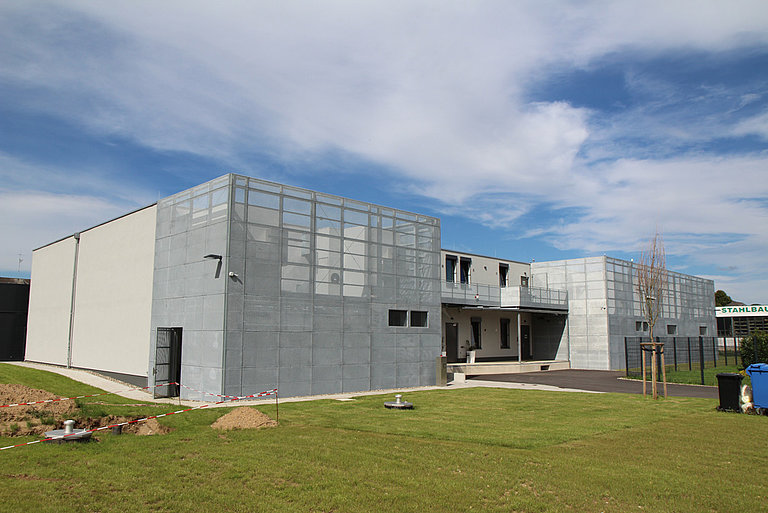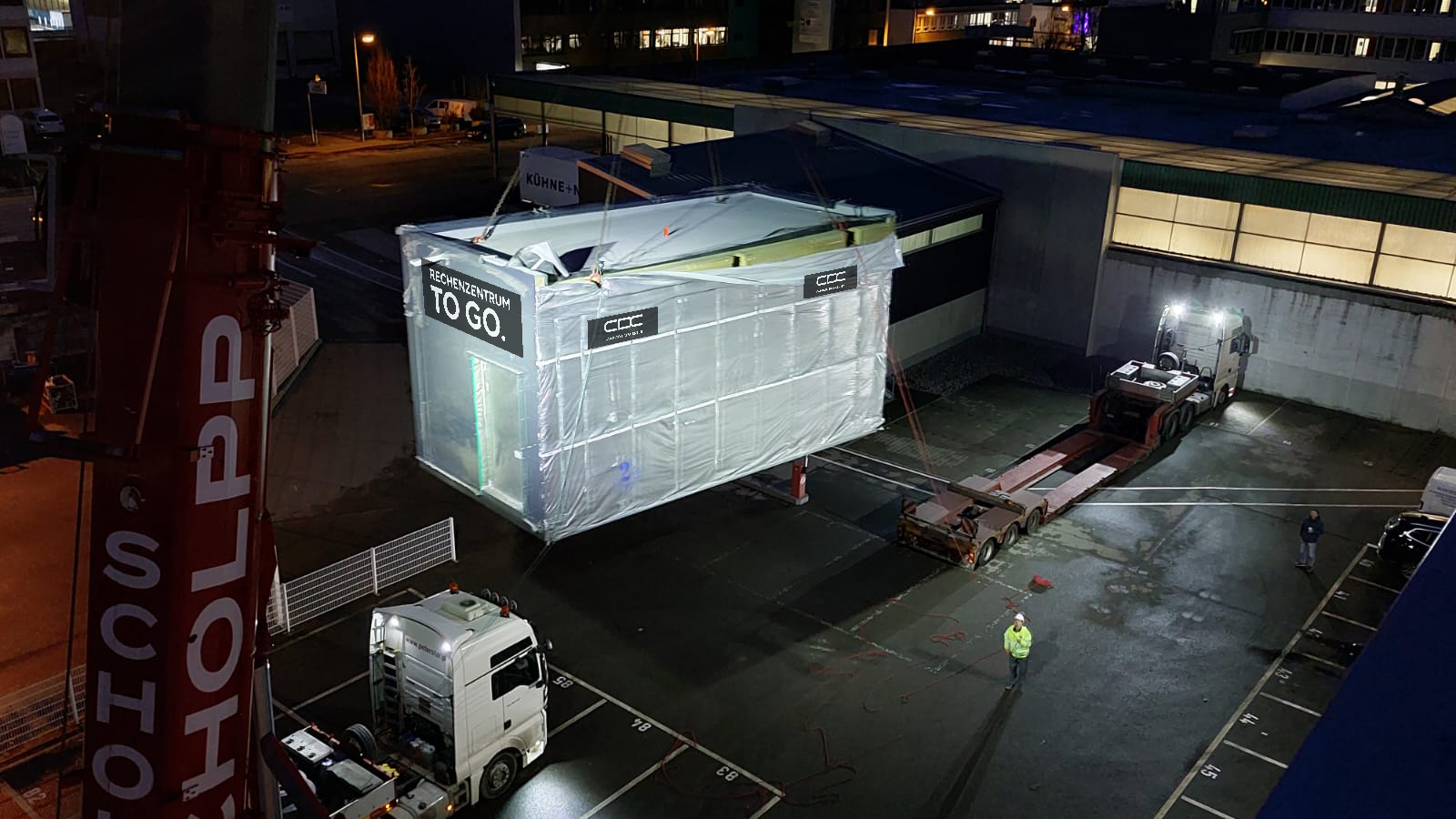The benefits of server racks are many. They provide a structured environment for housing IT equipment, reducing space requirements and thus increasing space efficiency. The standardized dimensions of racks make it easier to install and maintain equipment, while the modular design supports scalability and adaptability. In addition, racks help improve cooling and energy efficiency, mostly by passively controlling airflow.
Today, special emphasis is placed on energy efficiency and environmentally friendly solutions, and racks are no exception. Modern racks are equipped with a variety of “features” that help reduce energy consumption and minimize environmental impact. Some of these features include perforated doors, enclosures for air separation, intelligent power distribution units (PDUs) and, in some cases, energy-efficient fans.
Perforated doors provide improved air permeability and air circulation, allowing cool air from the front of the rack to effectively reach equipment and hot air from the back. With perforations in the doors and a free flow area of over 80%, the cold air reaches the IT equipment with lower pressure from the air conditioners, which has a direct impact on energy consumption.
This increased airflow also helps to regulate the temperature within the rack and increase the efficiency of cooling. Effective cooling is essential to maintain the performance and lifespan of IT equipment while reducing energy consumption, and especially in light of the current massive increases in energy costs, ongoing operating costs.
Enclosures for air separation are another important measure for improving the energy efficiency of server rooms. They separate the cold supply air from the warm exhaust air to prevent mixing and thus impairing cooling performance. Enclosures can take the form of cold-aisle or warm-aisle enclosures, the main difference being that cold-aisle enclosures direct the cold airflow to the equipment, while warm-aisle enclosures effectively exhaust the exhaust air. Both approaches aim to increase cooling efficiency and reduce energy consumption.
Intelligent power distribution units (PDUs) are another technology that contributes to rack energy efficiency. They provide advanced monitoring and control capabilities that allow the energy consumption of connected equipment to be measured and reduced if necessary. In addition, intelligent PDUs can also provide remote management capabilities that enable efficient monitoring and management of power supplies and support more targeted load planning.
In summary, the server rack is an essential element in data centers and server rooms that enables efficient organization, space saving and cooling of IT equipment. Its genesis dates back to the 20th century, and over time, its design has constantly evolved to meet the growing demands of modern IT infrastructures. Today, racks are equipped with numerous energy-efficient features such as perforated doors, air separation enclosures, smart PDUs, and energy-efficient fans to reduce energy consumption and minimize environmental impact.





